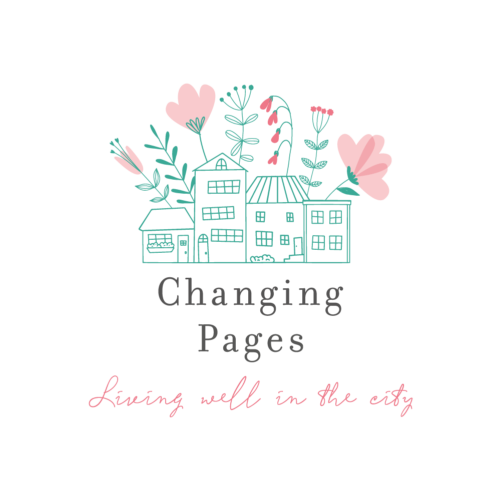I am fairly confident that I would never have picked this book up if it hadn’t been for the enthusiasm of my mother in law who had previously read it and told me lots about it. She also made it her choice for the book club I am also a member of .
As you might imagine from the blurb and pictures on the cover Miss Savidge, or Auntie May as we come to know her was no ordinary woman and her house move was no ordinary house move. At almost 60 years old Auntie May dismantled her home which just happened to be a medieval hall house, brick by brick and nail by nail and then moved it from Hertfordshire to Norfolk. After she was told her home was going to be demolished she decided she could not let this happen and took on a task she would never see completed. She dismantled every brick, every nail and every beam and set about rebuilding the property again in Wells-next-sea. Of course it wasn’t as simple as that (not that it sounds particularly simple). There were umpteen set backs and problems along the way Moving house is always quoted as one of the top most stressful things you can do during a life time. I cannot begin to imagine where literally moving your house would rank in the levels of stress.
This is Auntie Mays story as told by her nephews wife Christine. Christine and her husband Tony inherited the property when Auntie May died, and from that moment on their lives took them on a journey they would never imagined. Christine in particular not only continued the job of putting the house back together but also through the phenomenal amount of detail Auntie May left she pieced together her extraordinary life. It is her life as well as the life of this house which is told in this interesting book.
One of the most amazing things for me of top of the task she set herself, and the single mindedness and determination was the way she catalogued her life. Auntie May documented every aspect of her life from the time she got up to how much she spent at the grocers, to the weather and everything else in between. She through nothing away. She saved every sweet wrapper and receipt. She kept every copy of the radio times and within the pages she tucked receipts and other memorabilia from that day. She threw nothing away. She kept the most detailed accounts of everything. An example of this is this extract from her diary following a visit from a newly married Tony and Christine.
“SUN:30.4.67….About 3pm? Chris and Tony arrived – first visit for Chris. TONY photographed the flowering cherry ( in colour) fully out today – and no wind – sun came out for second shot. Tea – (cakes & biscuits) – then they showed the best of their 450 coloured slides of their honeymoon. Marvellous – screens made cloth faced with tine ‘pastinalla-like’ spheres – sort of luminous. Finished about 8.15? Supper – coffee, cheese, bread & butter, watercress, cake. They left about 9.30pm? (first time I’ve used the rose tea set) Out late with Candy. (Lent Tony book for Nellie to read, Father Potter of Peckham.) Tony has left an adaptor behind – 2 pin 5 amp socket to bayonet. The lights blew and he replaced the fuses and fixed a wire that had slipped out.”
The book is written with lots of these kinds of extracts, and although they may seem tedious they build up a clear picture of the unique person that Auntie May was. Like many people I keep a journal myself but I can’t imagine including this level of detail and also I can’t imagine the level of recall that Auntie May had or her observational skills. Did she write things throughout the day? Did she document every thing at the end of the day. How much of her time was spent noting and cataloguing what she had just done?
She lived in unimaginable hardship whilst rebuilding the house, spending most of her days living in a caravan, enduring bitterly cold winters without water or heating. And yet despite all this she continued to care for others, looking after elderly neighbours and always gong the extra mile for someone in need. Christine says on a number of occasions in the book that she never heard her complain and there is little evidence complain in any of the notes she left behind.
I constantly found myself asking WHY whilst reading this book. Why did Auntie May live in the way that she did? Why did she not get more help? Why did she need to keep everything she ever owned? I was left with more questions than answers. I also found it quite a sad story. Despite my admiration for Auntie May I felt she spent so much of her life focused on the minutiae of the house and her ‘project’ that she got little pleasure from it in the end. I’m not sure if that’s an correct impression but it’s how I was left feeling.
This is of course also Christine and to a certain extent Tony’s story. They reluctantly inherited a house that was to take over their lives in the way it had taken over Auntie Mays. Although from my reading of the book I think Christine has arrived at a place of ‘peaceful enjoyment’ it brought much heartache along the way including the end of her marriage to Tony. As I understand it Ware Hall House is now run as a bed and breakfast by Christine and I think she gives talks to local groups on her aunt-in-laws incredible life, so maybe it has all turned out alright in the end.

